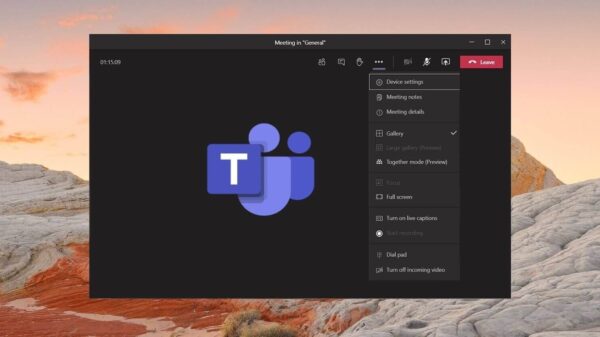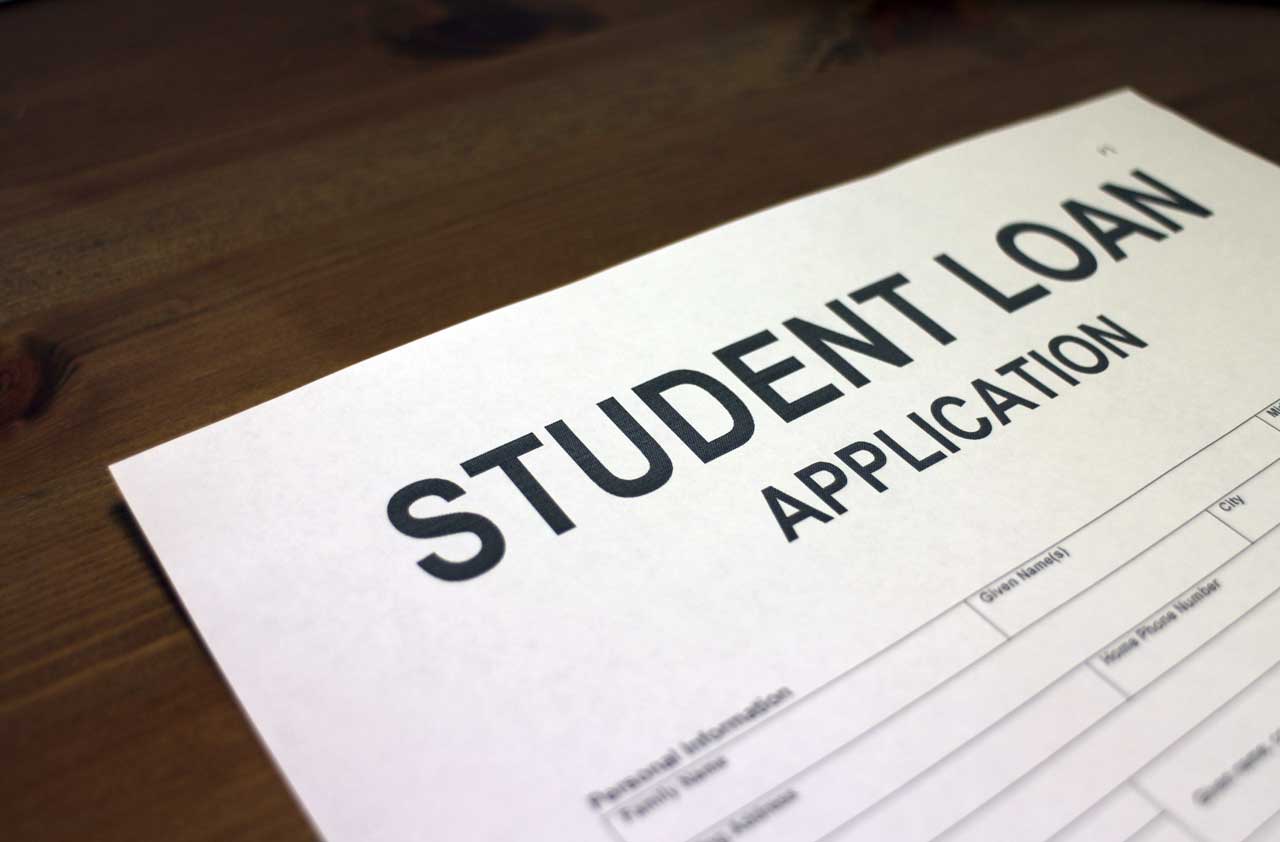Education initiatives for brick-and-mortar schools that include the physical presence of children have grown well beyond the conventional classes.
This almost unrestricted exposure to training and continuing education has culminated in the abundance of various types of online materials designed for students, learners and others who want to acquire new skills and expertise.
Previously, engineering has often been bland and one-sided; it has not conveyed concepts effectively.

New innovations also offer opportunities to students to step out and participate. But these new developments have also brought new problems to light.
Delete all extraneous visuals, photos, and text to enhance the experience of online learners, restricting them to just a few objects, well organized, appropriate, high-quality, and neatly arranged.
Supporting aids such as graphs and charts offer the right way to choose more over less when lessons prove challenging.
Therefore, preferring white space over needless or disruptive noise is a good rule of thumb.
And use headings, bullet points, and then concise sentences of simple graphical structuring so that digital learners can find important items within the document easily.
If you remember that most people receive data in small chunks and fragments outside the workplace— watching videos, reading Instagram or Facebook messages, browsing stores, buying things online, or checking emails multiple times a day— it describes micro-learning’s efficacy and growing popularity.
Today, it falls into the mind very easily and in small pieces, and as such, e-learning course-ware needs to reach students where they are — with brief data fragments, available via smart phones or mobile devices that are ready and usable when the client is ready and available.
Through various social networks, eLearning provides multiple channels of interaction.
Consider involving learners in social media. Attach your course website with a Twitter badge and use a hash-tag to promote the students ‘ tweets of course-relevant content to further build a sense of classroom culture.
Suggest using embedded audio and video, chat rooms, instant messaging, text messaging transmission, and website ads to connect consumers in different ways.
In turn, it has become increasingly easy and inexpensive to produce informative screen-cast videos and to provide another medium of interaction.
Find ways to make the course more accessible–show yourself or ask some questions to the learners.
If your course does not require live contact, try using a pre-recorded video in which you discuss a little bit about yourself to break the ice and help build connections with your learners.
Always, try to remember to talk in plain language, being mindful that while the scientific vocabulary may be a second language to you, it is probably totally unfamiliar to your pupils.
Delete any extraneous visuals, photos, and text to enhance the experience of online learners, restricting them to just a few objects, well organized, appropriate, high-quality, and neatly ordered.
Supporting aids such as graphs and charts offer the right way to choose more over less when lessons prove challenging.
Therefore, preferring white space over needless or disruptive noise is a good rule of thumb.
And use headings, bullet points, then brief sentences for simple graphical structuring so that digital learners could find important items within the document easily.
Provide self-assessment resources which allow students to take more control of their education in the form of My Assignment Help.
It can be empowering to allow students to rate their own forum posts or provide feedback for their own score or engage in the class because students are encouraged to take responsibility for their own learning experience.
Such online learning strategies are aimed at improving the experience of online students and inspiring them to get the most out of their online courses.
For several participants, online learning may be recent so that they may not be fully aware of the change which needs to be made to their study habits.
Therefore, offering them a simple guidance is crucial. An efficient way to achieve this could be by creating a discussion board: a forum where you compose the importance of performing such activities, post insightful references such as newspaper article or photo, and bind students from different cultural backgrounds.
Finally, make sure you add deadlines to Assignment Help schedule and give updates to your students to keep them on board.
If a student gets behind, take time to discuss what he or she can do to get back on track with that person.
Providing some kind of checklist of learners is also useful because they understand what to complete and when.































































You must be logged in to post a comment Login